Are you about to embark on the journey of renting a new home? Whether you're a first-time renter or a seasoned pro, understanding the ins and outs of a housing lease agreement is crucial for a smooth experience. A properly structured letter can help clarify the terms and conditions agreed upon by both parties, setting the stage for a harmonious tenancy. Dive into our article to explore essential tips and templates that will simplify your leasing process!
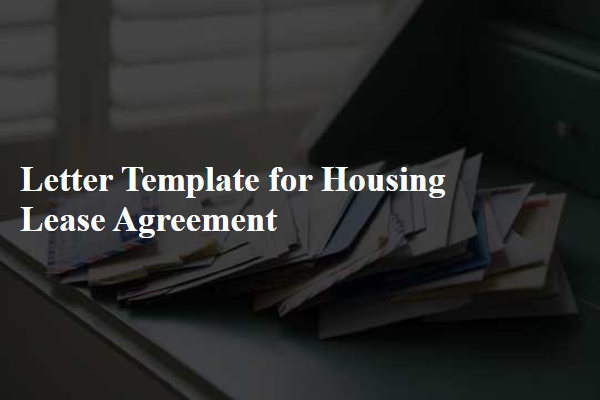
Parties Involved
The housing lease agreement involves several key parties, primarily the landlord, who owns the property (often a single-family home or apartment, located in urban areas like New York City), and the tenant, who seeks temporary residence in exchange for rental fees, typically paid monthly. Additional participants may include guarantors (individuals or corporations that ensure rent payment, often parents or financial institutions) and real estate agents (licensed professionals who facilitate the rental process, conducting viewings and negotiations). Each party holds specific responsibilities ranging from property maintenance to timely rent payment, ensuring a mutually beneficial relationship within the legal framework established under state rental laws, such as California's Civil Code.
Lease Terms and Duration
The housing lease agreement stipulates essential details including lease terms and duration, which are crucial for both parties, landlord and tenant. Typically, a standard lease lasts twelve months, but variations may exist depending on mutual agreement. Essential dates, such as the start date, often marked as the first of the month, delineate the period of tenancy. Renewal options may be included, allowing for extended leases beyond the initial timeframe. The document should specify rent payment due dates, penalties for late payments, and conditions under which the lease may be terminated early. Clear definitions help prevent disputes, ensuring that both parties understand their rights and responsibilities throughout the leasing period.
Rent Amount and Payment Details
The housing lease agreement stipulates a monthly rent amount of $1,500, payable on the first day of each month. Payments are to be made via electronic transfer to the designated bank account, which will be provided in a subsequent section of the agreement. Late payment penalties will apply if the rent is not received by the fifth day of the month, amounting to $100 for each week of delay. Additionally, a security deposit equivalent to one month's rent is required at the signing of the lease. This deposit will be returned within 30 days following the termination of the lease, assuming no damages or outstanding payments. All financial transactions related to the lease must include the lease agreement number for proper record-keeping and accountability.
Security Deposit and Damages
The security deposit serves as a financial safeguard for landlords, typically amounting to one month's rent, against potential damages or unpaid rent. Upon signing a lease agreement for properties, such as a two-bedroom apartment in downtown Seattle, tenants are required to submit this deposit before moving in. This financial arrangement stipulates that if damages occur beyond normal wear and tear, costs will be deducted from the deposit upon move-out inspection. Landlords must provide an itemized list of any damages and associated repair costs to the tenant within 21 days of lease termination, in compliance with Washington state law. Disputes concerning the return of the security deposit may involve mediation or legal proceedings in local housing courts.
Maintenance and Repairs Responsibilities
The maintenance and repair responsibilities outlined in a housing lease agreement are crucial for ensuring that the property remains in good condition. Landlords are typically responsible for major repairs to essential systems, including plumbing (for example, pipes, fixtures, and drainage), electrical (which includes wiring, outlets, and circuit breakers), and HVAC systems (heating, ventilation, and air conditioning units). Tenants must maintain cleanliness and basic upkeep within their rental unit, which includes tasks such as changing air filters and replacing light bulbs. Regular inspections (often conducted quarterly or semi-annually) are important for identifying any potential issues that may arise. Additionally, both parties should agree on the timeline for addressing repair requests, typically within 24 to 48 hours for urgent issues, to ensure the living conditions remain safe and comfortable. Clear communication regarding responsibilities helps to foster a positive landlord-tenant relationship while safeguarding the value of the property.

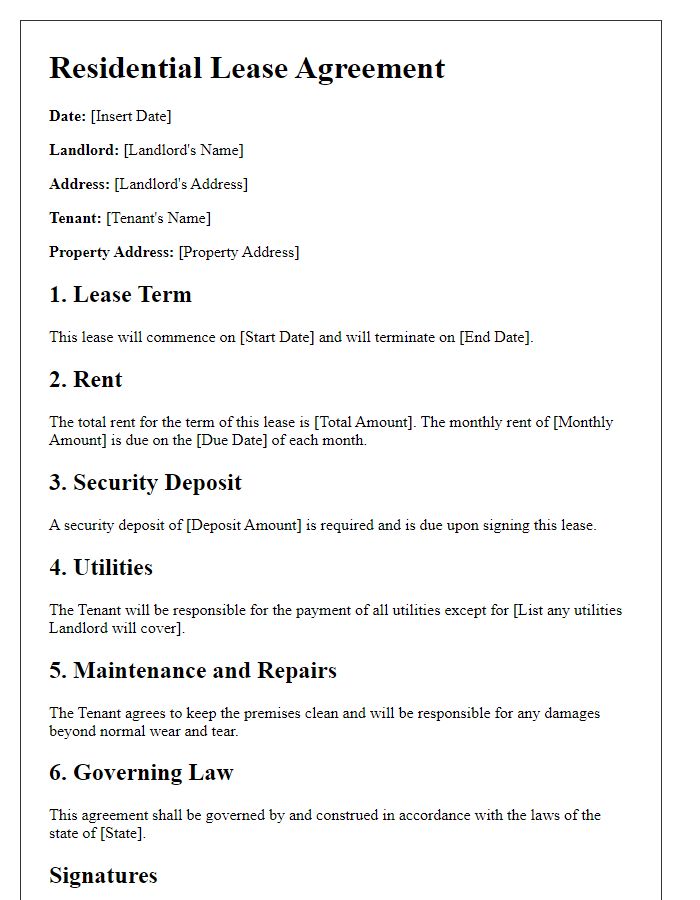
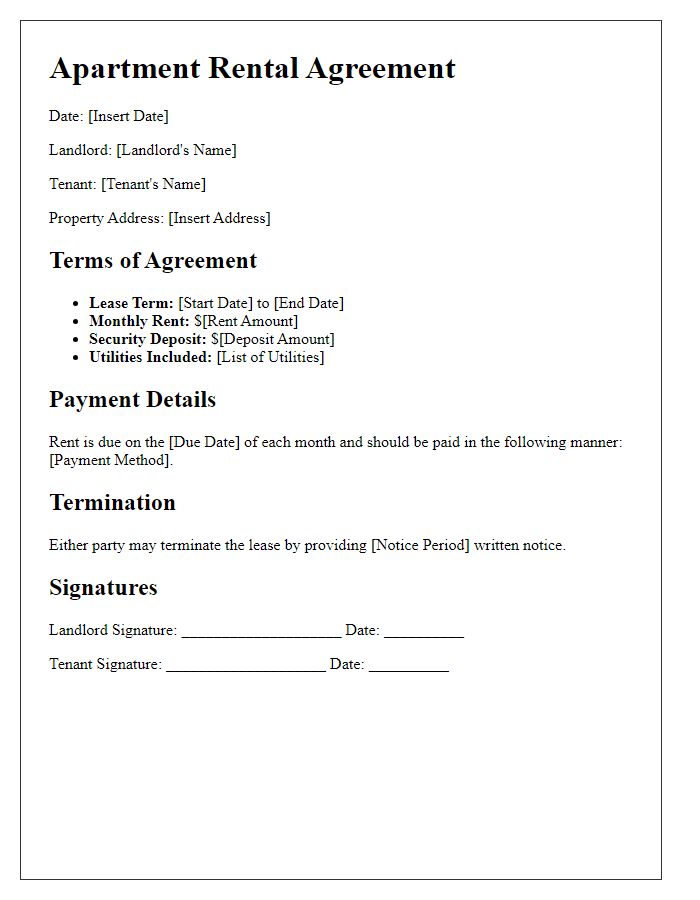
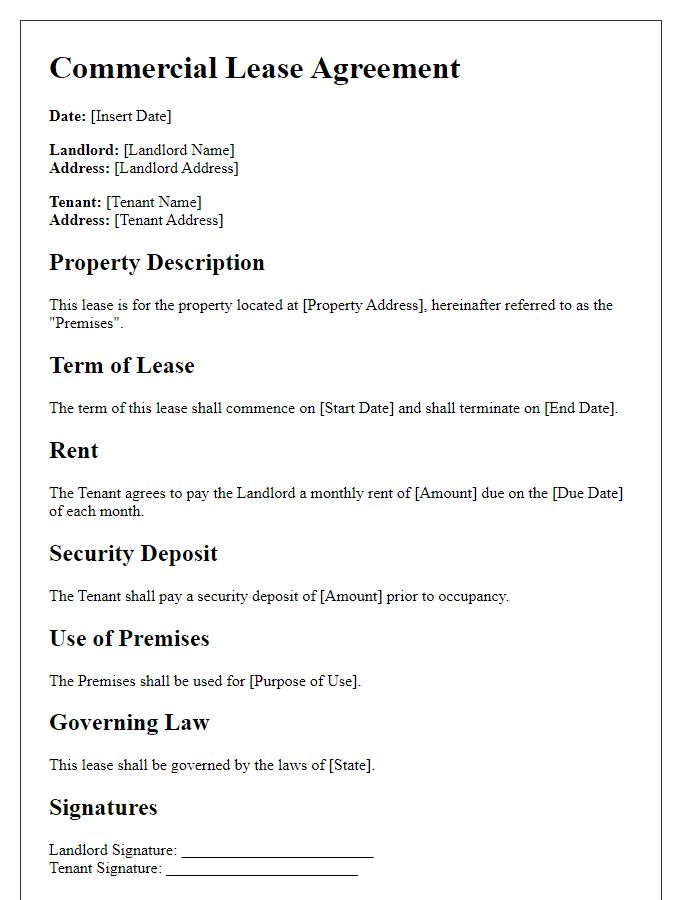
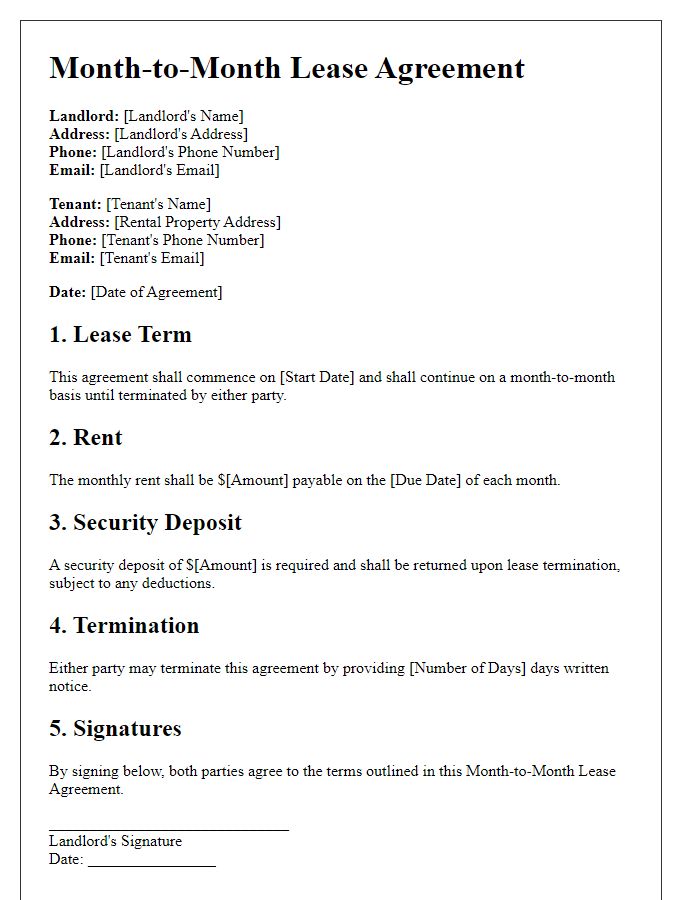
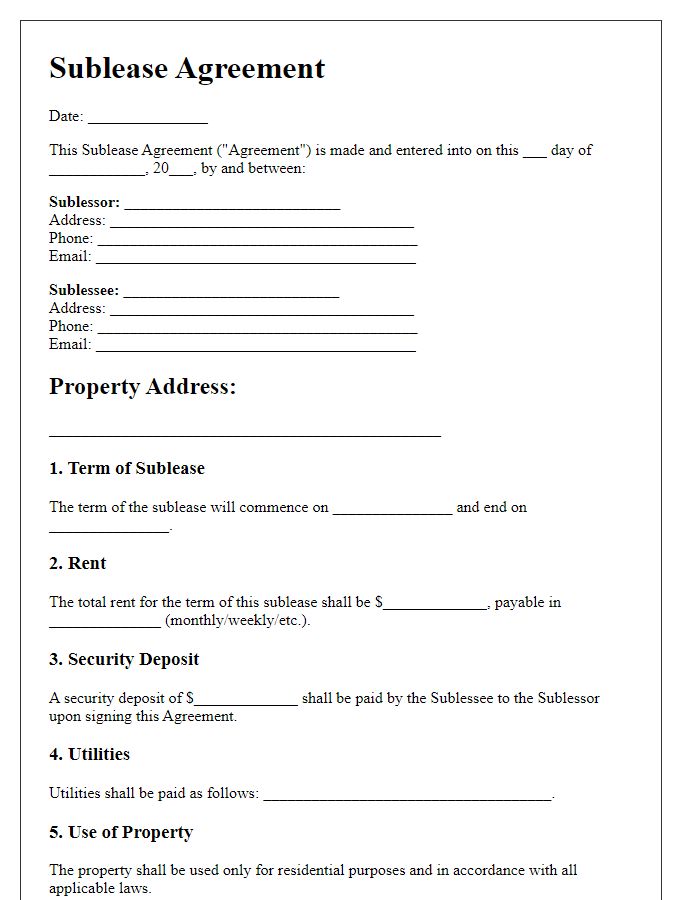

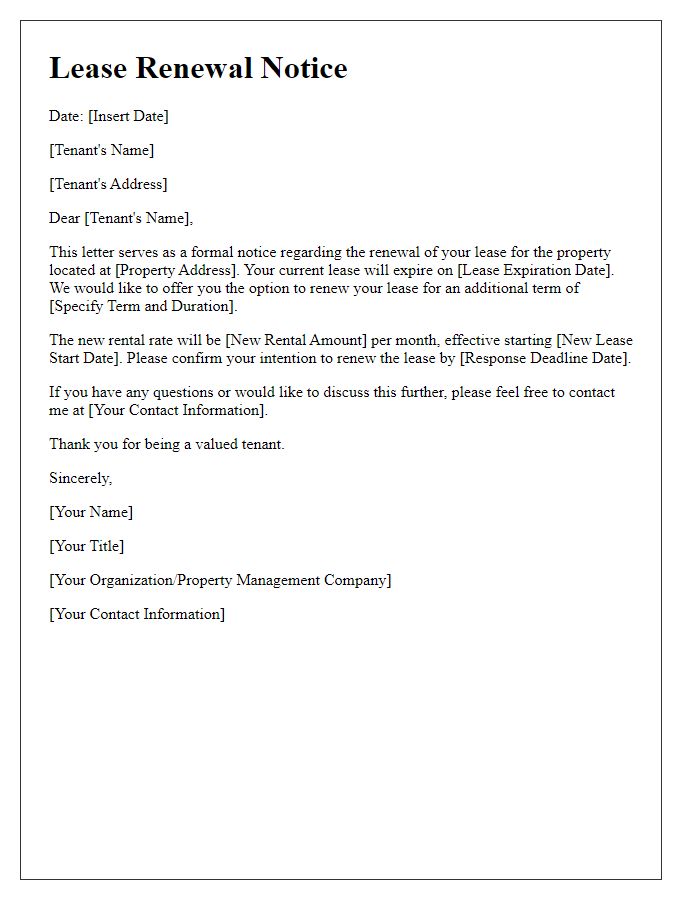
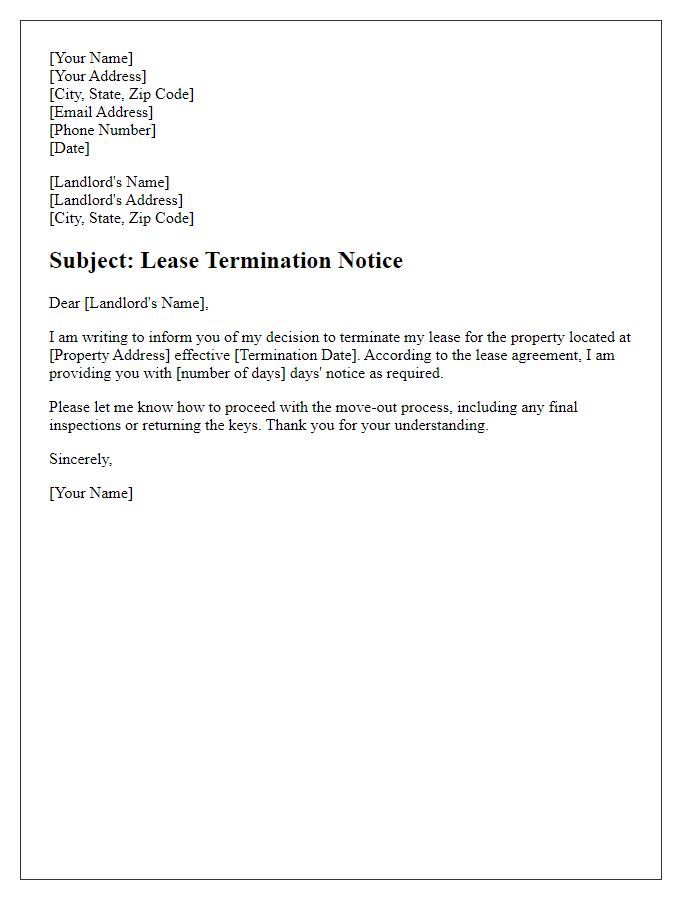
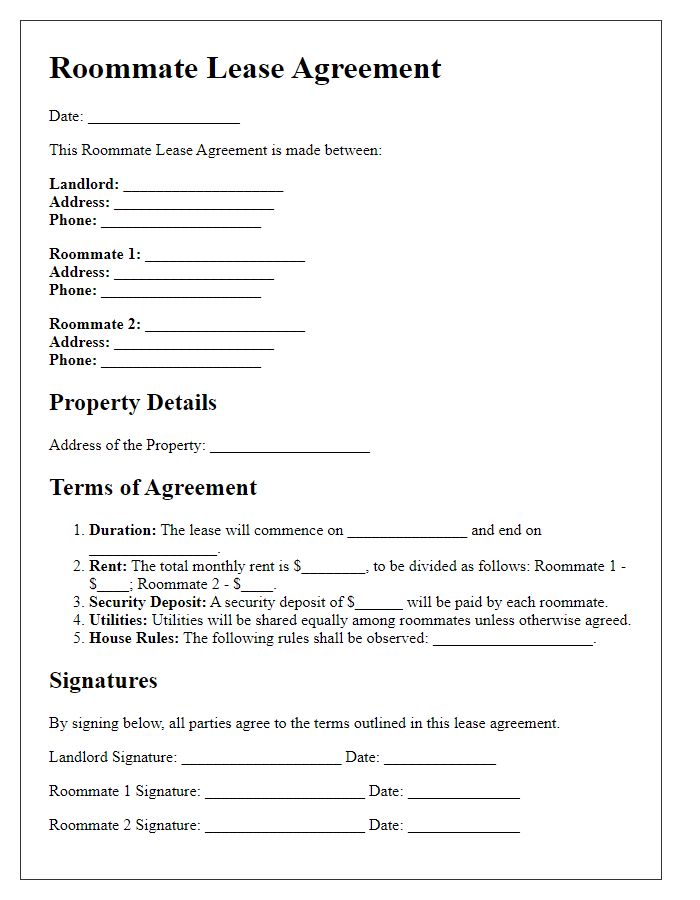
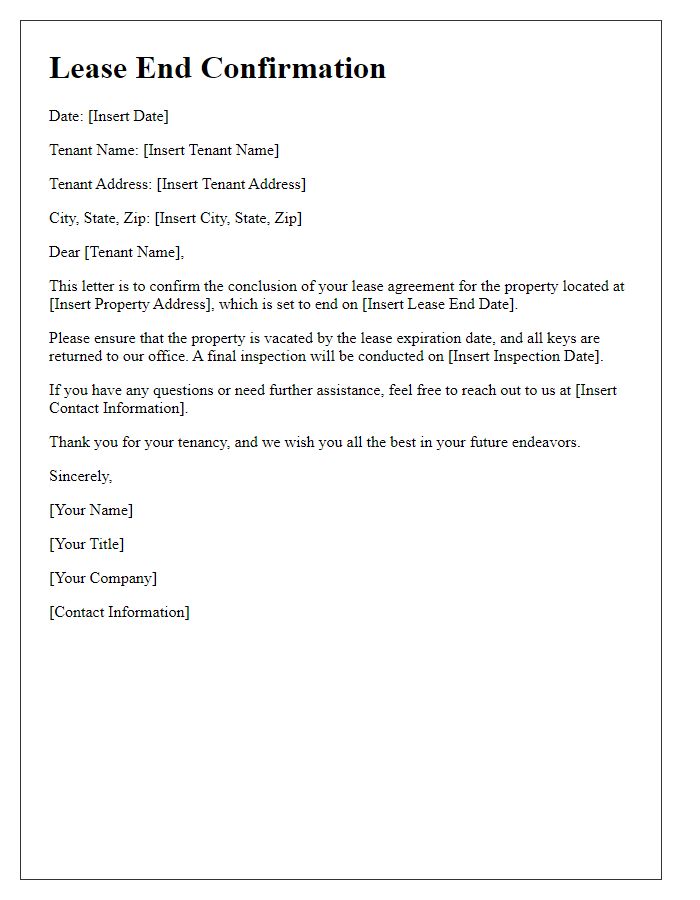

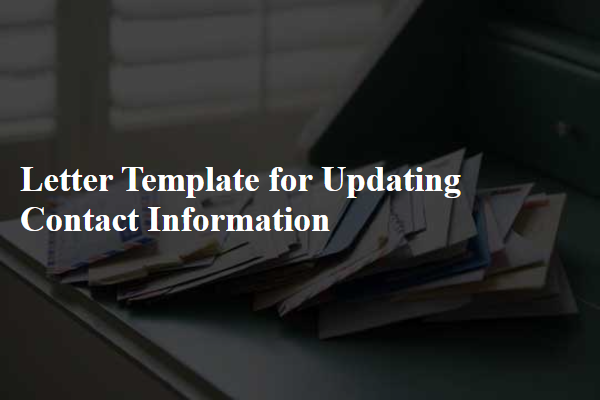
Comments